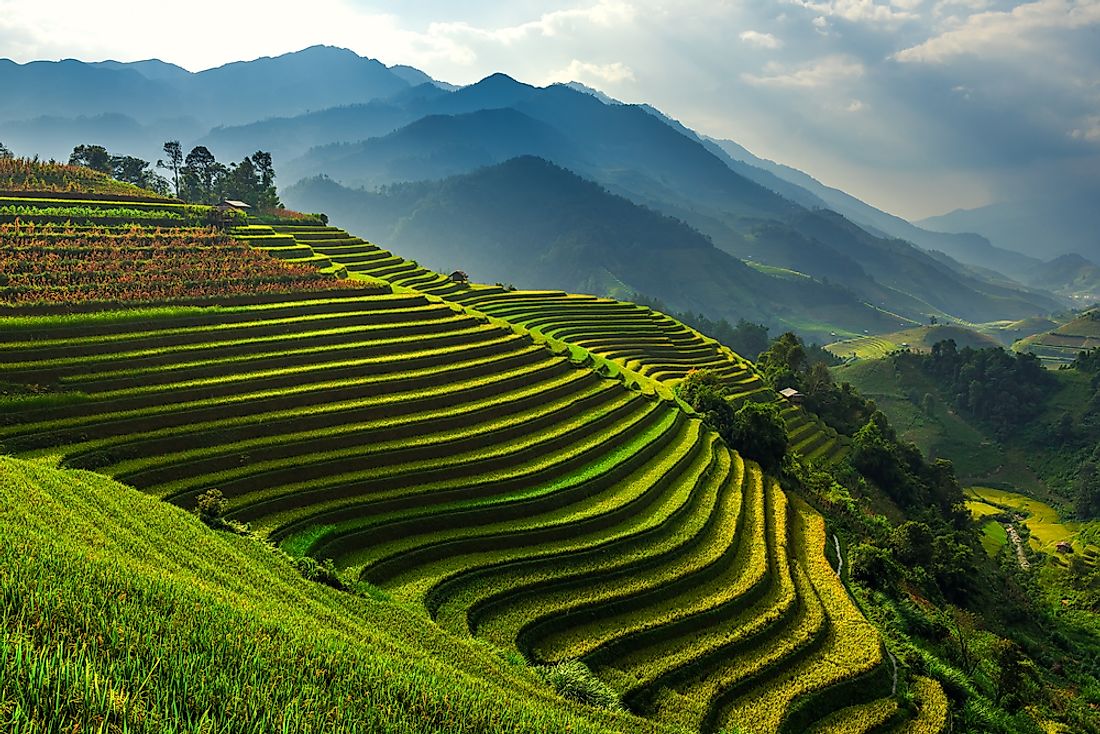Where Is Indochina?

Where is Indochina?
The term Indochina refers to the mainland region of Southeast Asia. The following countries are considered part of Indochina: Vietnam, Cambodia, Myanmar, Laos, Thailand, and the peninsula of Malaysia. This term, originally known as Indo-China, was developed during the early 1800’s and used to refer to the geographical areas under Indian and Chinese cultural influence due to its location between the 2 countries. Between 1887 and 1954, it was used as the name of French Indochina, a French colony that consisted of present-day Cambodia, Laos, and Vietnam. Today, the region is more commonly referred to as Mainland Southeast Asia.
Population of Indochina
The combined population of these countries is over 257 million. The majority of the languages spoken here belong to the Sino-Tibetan language family. This language family represents the second largest language in the world in terms of number of native speakers. In fact, Indochina is often considered the dividing line between Austroasiatic and Sino-Tibetan languages.
As previously mentioned, the culture of this region has largely been shaped by China to the north and India to the south. For example, the cultures of Thailand, Malaysia, Cambodia, and Laos have been influenced by the ideas, languages, and people of India, while life in Vietnam has been influenced primarily by Chinese culture. Additionally, Western culture has played a significant role in shaping the lifestyle of this region due to its history of colonialism and imperialism.
Religions practiced throughout Indochina vary greatly depending on the country. In Malaysia, the official religion is Islam and approximately 61.3% of the population identifies as Muslim. In Vietnam, nearly half of the population (45.3%) reports practicing an indigenous religion and another 29.6% claims not to identify with a specific religion. Buddhism is the major religion practiced in Cambodia (96.9%), Myanmar (87.9%), and Thailand (93.2%).
Economy of Indochina
After gaining independence from colonial rule, the governments of Indochina worked toward achieving market-based economies within their respective countries. Economists often cite this region as having accomplished this transition at a faster-than-average rate. One of the reasons for this rapid stabilization is believed to be the geographical position of Indochina; it was able to benefit from the health and growth of nearby Asian economies.
Today, the economies of Indochina rely heavily on agricultural production, particularly the economy of Vietnam. Rice and rubber exports are of significant importance to the area. Additionally, the governments here have moved toward increased industrialization to further diversify the economies and increase international trade opportunities. In fact, both Malaysia and Thailand are now considered newly industrialized nations. Common manufactured goods produced in this region include electronics, textiles, and automobiles.
Another important component to the economy of Indochina is tourism, which makes up a large percentage of the national gross domestic products (GDP) here. UNESCO has promoted the development of tourism in this region, recommending it as a key component to cultural preservation and economic health. While all of the countries within Indochina have worked toward tourism development, Cambodia has achieved the most successful tourism sector. This country has the highest reliance on tourism, which generates approximately 15% of its GDP. This is followed by the tourism sectors of both Laos and Thailand, which each accounted for over 7% of the national GDP’s.











